This visual adaptation of James Joyce’s 265,000 word novel is available for free on the internet and, after a well-documented struggle with Apple, through iTunes with an app on your smart phone. To make access easier for our students, we have added a direct link in our online catalog so that Princeton researchers searching “Ulysses” will be offered information on all versions of Joyce’s classic. Thanks go to Jennifer Baxmeyer, Electronic Resources Cataloging Coordinator for making this possible.
Besides the wonderful drawings by Detroit/Philadelphia artist Robert Berry, the book comes with an in depth reader’s guide. The team’s website notes, “Each page of the comic holds a direct link to our “Readers’ Guide” installments by Mike Barsanti. Mike’s comments on the novel’s events and themes, their depiction and various mysteries, are the first step into the deep waters of understanding Joyce. This part of the site is written in a blog format so that readers are able to ask questions and offer insights.”
Joyce’s novel was first serialized in the American journal The Little Review from March 1918 to December 1920, and then published in its entirety by Sylvia Beach in 1922. Like the original, Ulysses “seen” will be released serially, with two chapters, Telemachus and Calypso, available so far.
In 1933, a U.S. Federal court ruled that Ulysses was not obscene, granting it entry into the United States. However, a second censorship of Ulysses was announced in the New York Times June 13, 2010, with the headline: “Ulysses a Little Too Graphic for Apple.” Quoting their note: “The question of whether James Joyce’s Ulysses is obscene seemed to have been settled for more than 75 years. Until last week, that is, when the creators of a Web comic version of the classic novel, called Ulysses Seen, said that Apple required them to remove any images containing nudity before the comic was approved as an application for the iPad. Robert Berry … offered to pixelate the image or cover it up with a fig leaf, suggestions that were rejected by Apple.”
Happily, on June 14, 2010 the NYTs reported that Apple had decided that Berry’s Ulysses was not obscene after all. “After the makers of a Web comic version of the epic novel said last week that Apple had rejected several images that contained nudity, Apple reversed its decision on Monday morning and asked that the panels be re-submitted, said Chad Rutkowski, the business manager for Throwaway Horse, the publisher of “Ulysses Seen.” ‘They basically apologized,’ Mr. Rutkowski said. ‘They said they gave it a second look and realized that it wasn’t obscene or anything like that. They’re clearly drawing a distinction now and they understand what we’re doing.’”
Is Robert Berry a graphic novelist or a cartoonist? See his answer: http://video.whyy.org/video/1844806701/


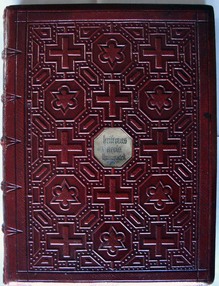







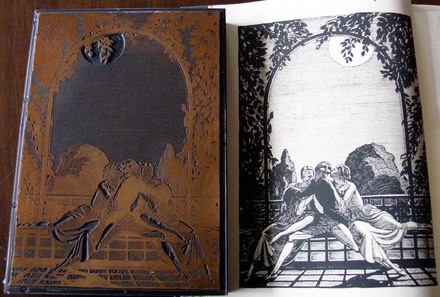
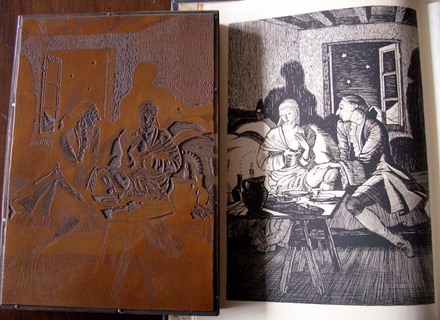




































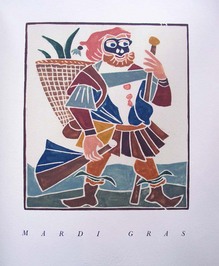









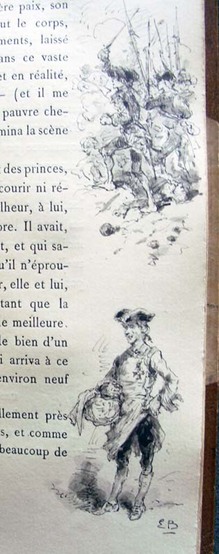










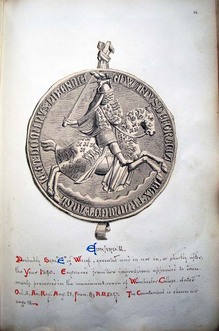


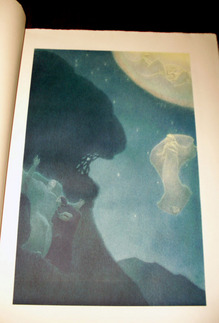





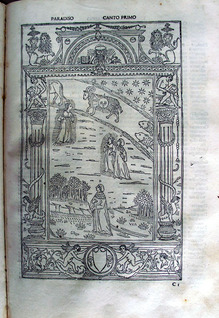

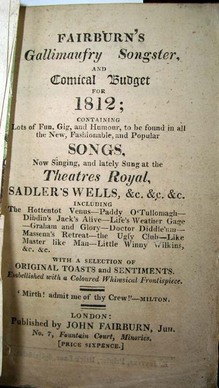














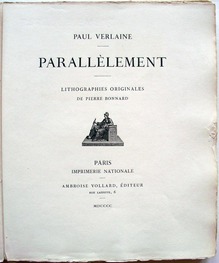








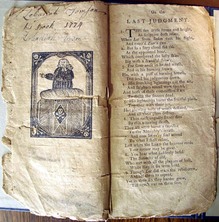

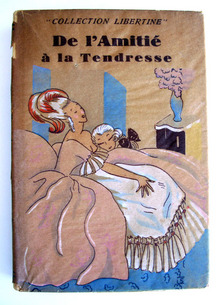


Recent Comments